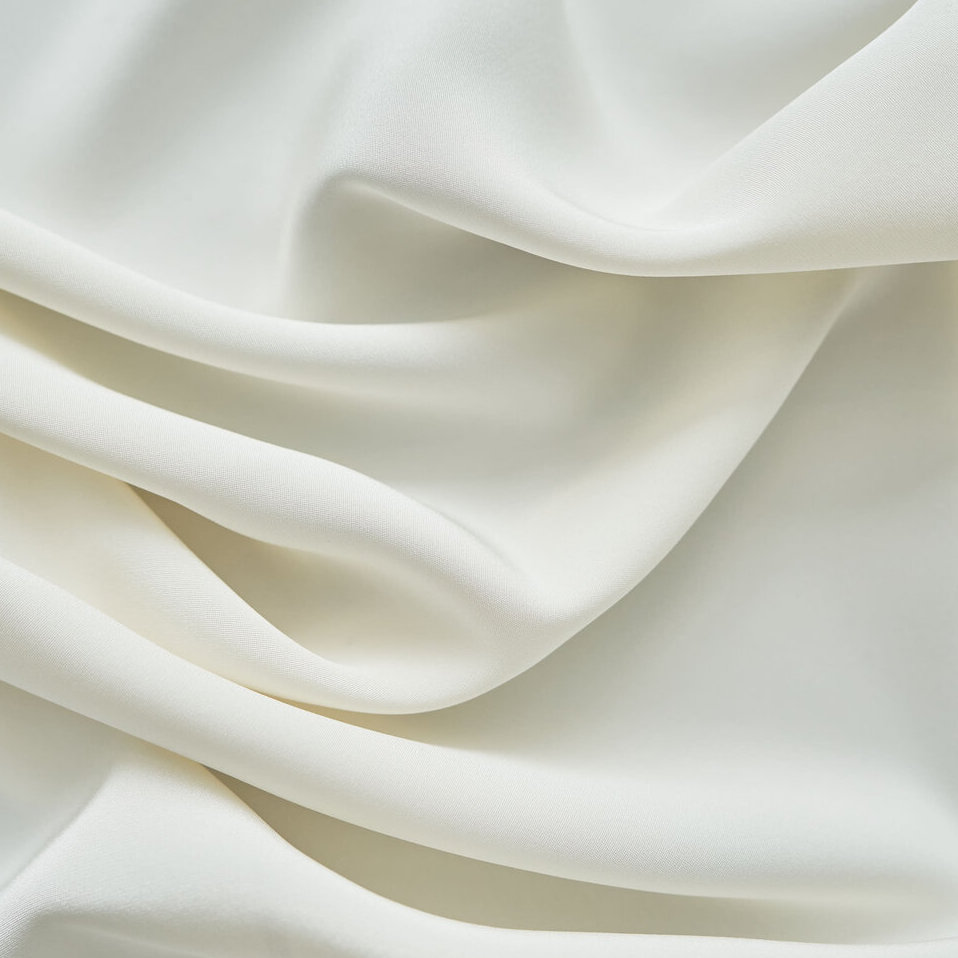
First there was chaos. After the invention of the first mechanically propelled bicycle in 1939, the first bicycle race known apparently took place in 1886. Cycling then became an Olympic sport since the first modern edition, in 1896. Being mostly an individual sport rather than a team one, people initially dressed randomly. Cotton and wool were the materials of choice, also because synthetic fibers hadn’t been invented yet. As of 1903 proper cycling attire were hard to come by.
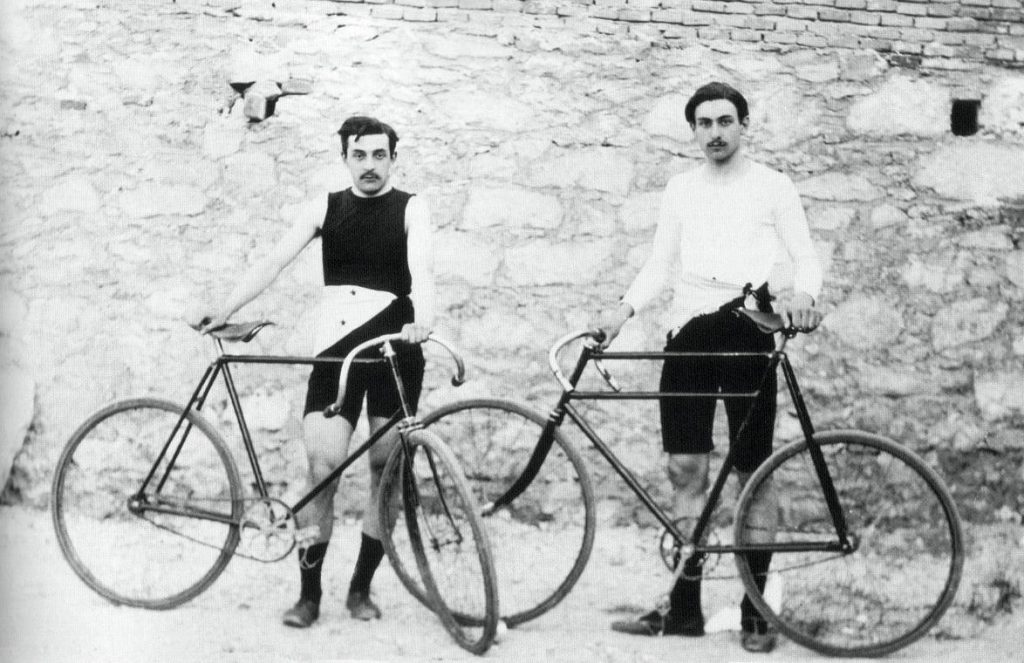
Maurice Garin won the first edition of Tour de France that year wearing just regular clothes. A sweater, presumably wool and some slacks with high socks overneath. The first cycling jerseys will appear in in France just a few year later.

Two fights, one live. Wool quickly became the first choice because, differently from cotton, absorbed much less water and dried much faster. Despite being invented in the early 1930s, synthetic fibers won’t make their appearance in cycling apparel until the mid 1970s. Wool was as a matter of fact the absolute dominant material for about 70 years.
In the early fifties though silk, another natural material, made its timid debut as a lighter alternative to wool. Differently from most people think, however, it never really substituted for it. In fact, despite initial popularity, it ended up only being used for track races. Silk in fact did not breath nearly as close as wool and it was considered too light for most races at the times. With the advent of synthetic fibers then silk was totally discarded in favor of polyester.
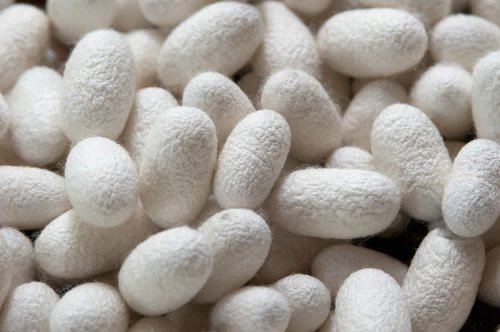
Best of both worlds. Synthetizing silk with recycled polyester fibers to reduce water absorption and with some Lycra for additional stretch was mission #1 at De Marchi a few years ago. Natural silk is in fact sustainable and also offer some wind protection while remaining incredibly light and comfortable next to the skin. Its crunchy texture is a trade mark. Creating a heavier quality to be used for cycling shorts was then a harder task but it finally became a reality in Spring of 2020 thanks to our research partners in Como, Italy, the place of choice for the production of silk. By increasing the fiber volume with the addition of nylon microfiber in this case it has been possible to obtain enough compression and tenacity to build a superlight, extra-strong short that is also incredibly quick drying. ProSilk was born.
Superleggera jersey, base layer and Bib shorts with ProSilk are now the foundation of De Marchi high-performance Line and perfectly combine our tradition of innovation with sustainability.
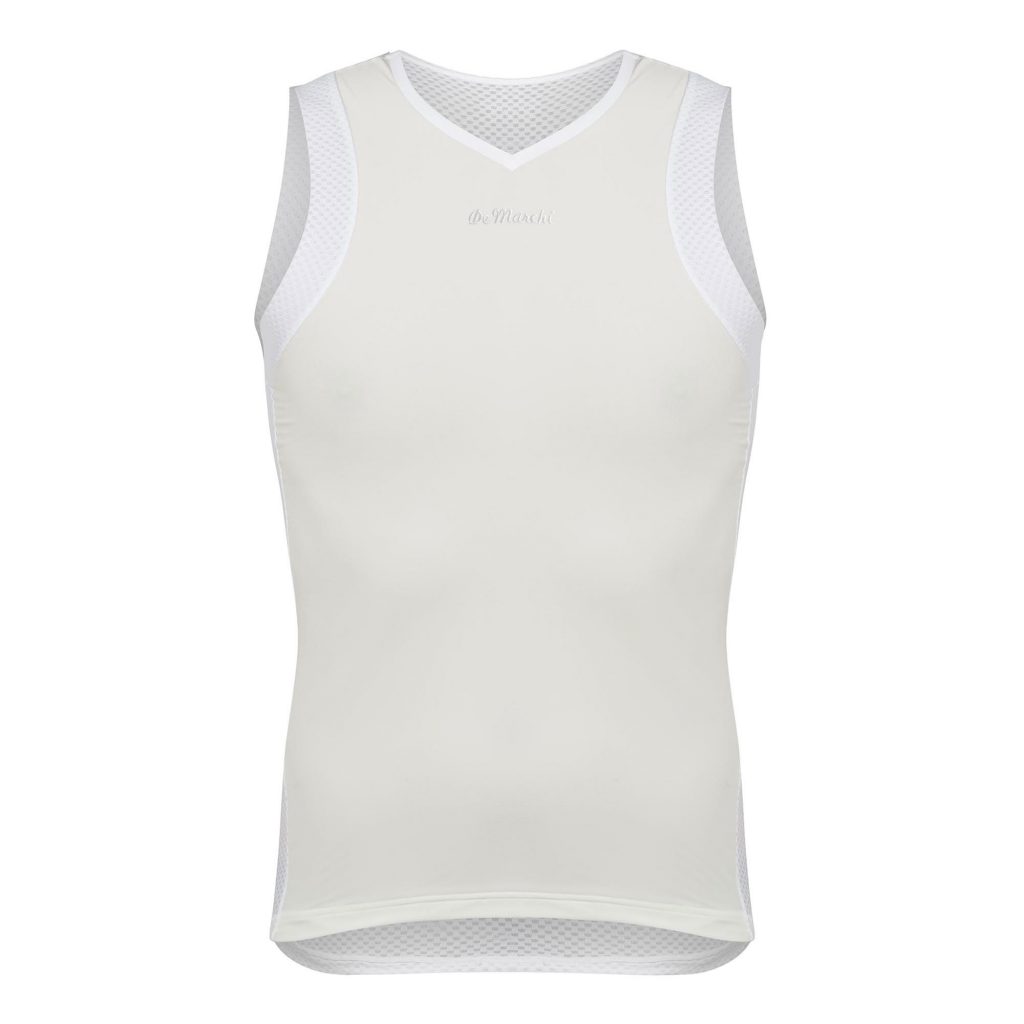
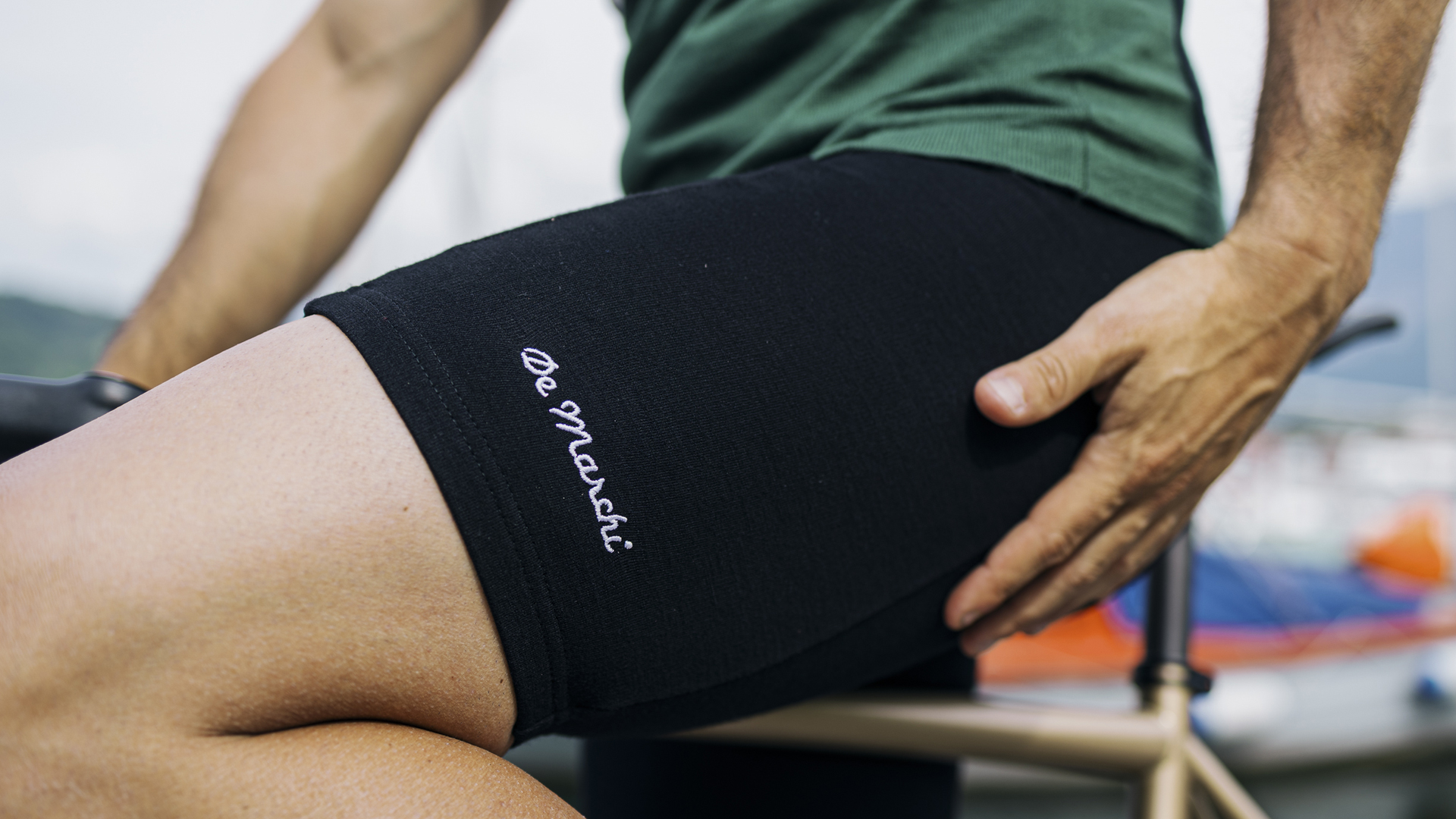
In cycling, bib shorts are the fundamental piece of clothing for your comfort on the saddle. The point of contact where your energy turns into motion is crucial, and for this reason De Marchi, true to its tradition, offers you a wide range of cycling shorts designed for every need. Whether you re looking for summer cycling shorts ideal for warmer days, woolen shorts for a touch of tradition, or a versatile and high-quality garment, every model signed De Marchi is the result of uncompromising research in terms of materials, fit, and functionality. For every cyclist, there is a De Marchi short. Lets discover them together.
Read now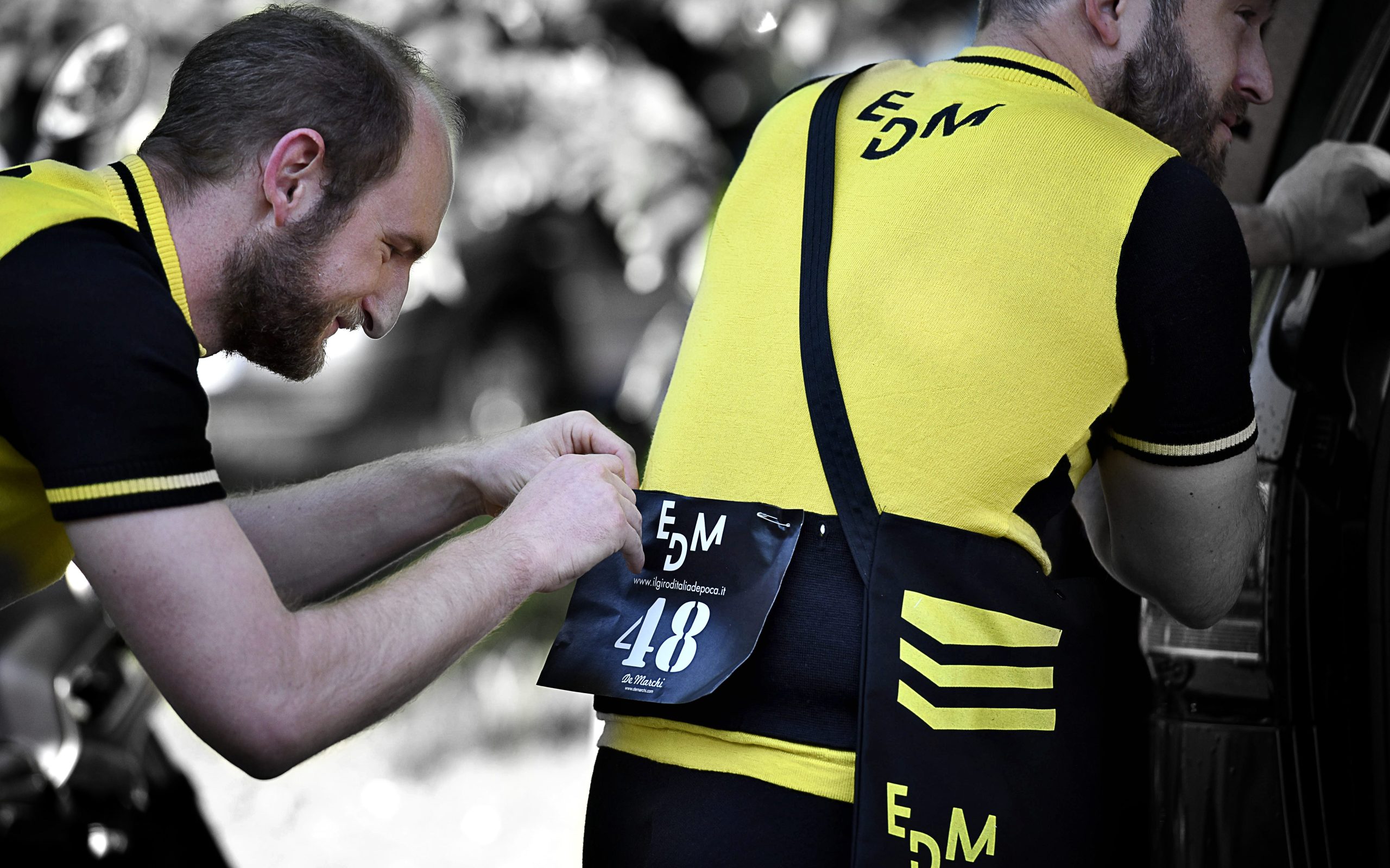
One of the most captivating aspects? The opportunity to fully immerse yourself in another era of cycling. Paying attention to every single detail is crucial. At your first vintage cycling event, it wont be just a matter of style. Here are some detailed tips on how to choose vintage cycling apparel.
Read now
The Giro d Italia is not just one of the most prestigious cycling races in the world. It is a showcase of innovation in the cycling sector, a century-old catwalk of style, where jerseys are a true narrative of passion, challenge, and triumph. Lets relive together some anecdotes from unforgettable eras, for our brand and for cycling.
Read now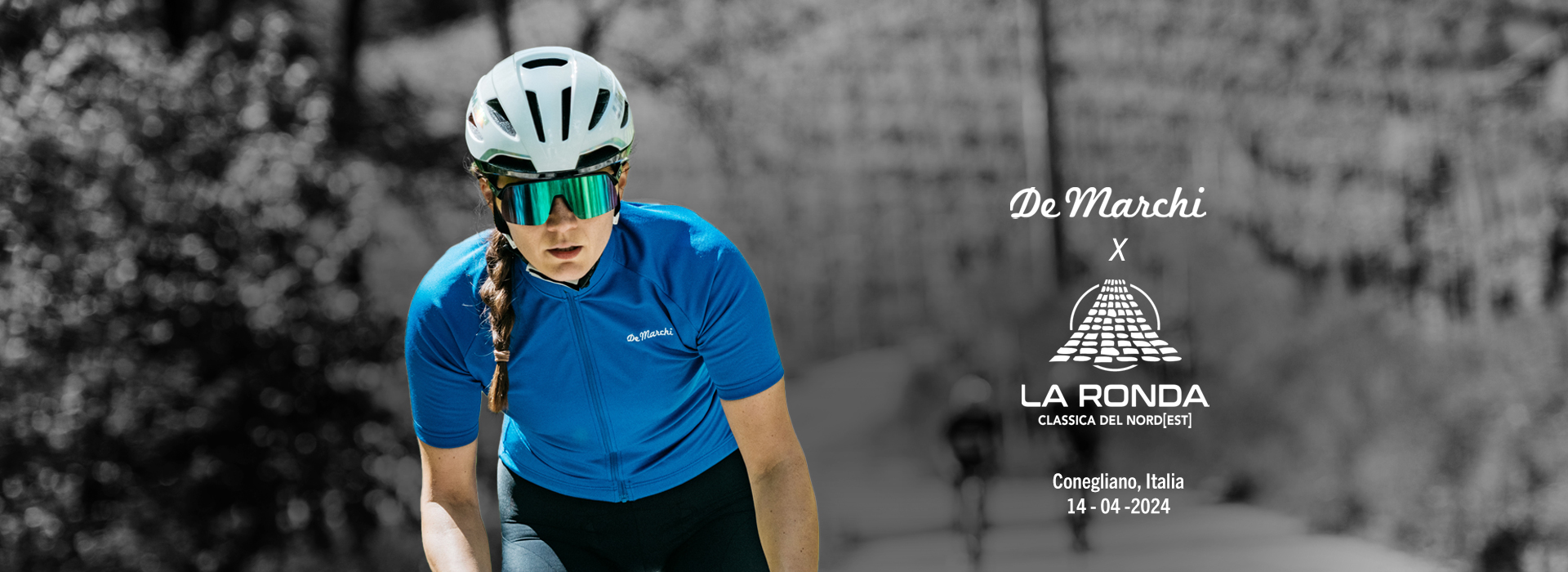
On April 14, 2024, in Conegliano, come and enjoy The Trevisos Flandres, the cycling event in the birthplaces of Ottavio Bottecchia, precisely on the occasion of the Centenary of his…
Read now